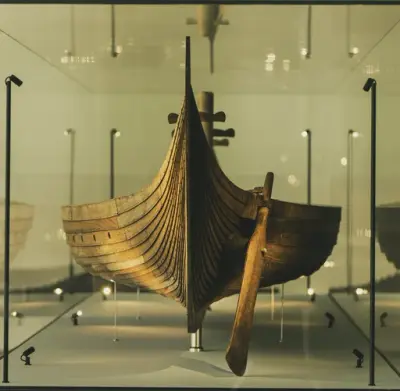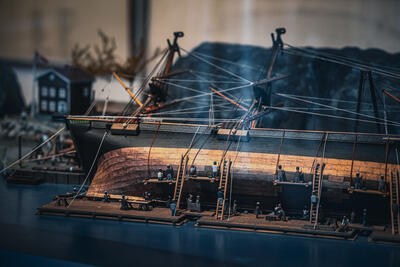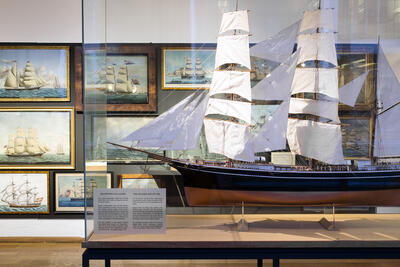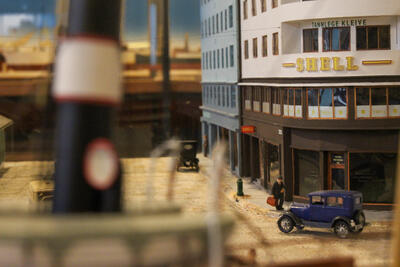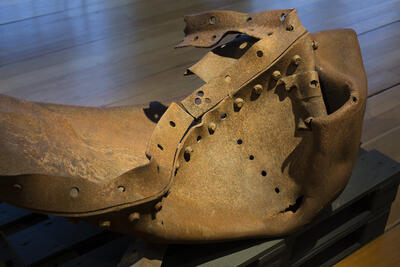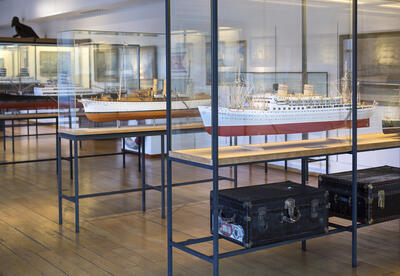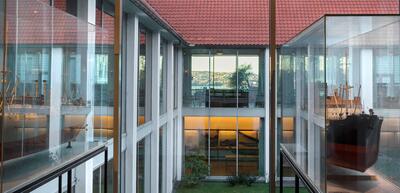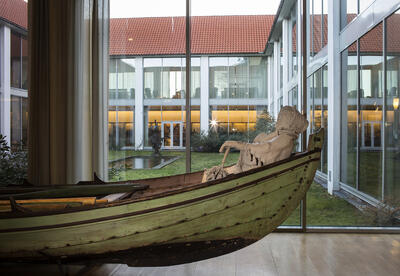The exhibitions encompass a mixture of cultural artifacts such as objects related to ships and life at sea, ship models, illustrations, films and other items. In addition, the museum aims to show regular temporary exhibitions, especially connected to Bergen’s diverse maritime history. Visitors should get a good general view of how Bergen has developed as a maritime port, and also immerse themselves in specialised topics.
About our exhibitions
Our exhibitions provide a representative picture of Norway’s, and particularly Bergen’s, maritime history from ancient times up until the present day.
